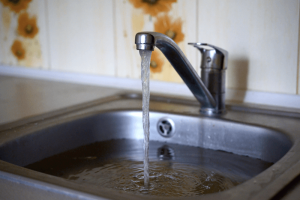Water pressure is one of those household factors that often goes unnoticed—until something goes wrong. Typically, residential water pressure should fall between 40 to 80 PSI (pounds per square inch), ensuring a steady and efficient flow from faucets, showers, and appliances. When pressure dips too low, filling a bathtub or rinsing dishes can feel frustratingly slow. On the other hand, excessive pressure can lead to leaks, pipe damage, or even premature wear on household fixtures. Understanding what normal pressure looks like and recognizing early signs of trouble can help homeowners prevent costly repairs and improve overall water efficiency.
Several factors can affect water pressure, including clogged pipes, aging plumbing, or municipal supply issues. If pressure is consistently low, check for mineral buildup inside pipes or a faulty pressure regulator—two common culprits. High pressure, while seemingly a good thing, can stress your plumbing system. If you’re experiencing fluctuating or excessive pressure, installing a pressure-reducing valve may be necessary to keep your home’s system stable. Additionally, external influences like seasonal water demands or construction in your area can also temporarily disrupt pressure levels.
So, how do you determine if your water pressure is within the recommended range? Homeowners can easily test pressure using a simple gauge that attaches to an outdoor faucet. Plymouth Plumbing has all the necessary tools to check your water pressure. If readings fall outside the normal range, consulting Plymouth Plumbing is the best course of action. We can diagnose underlying issues, recommend solutions, and prevent damage to pipes and fixtures. Proper water pressure ensures everything runs smoothly in your home—making daily routines more convenient while protecting the longevity of your plumbing system.
